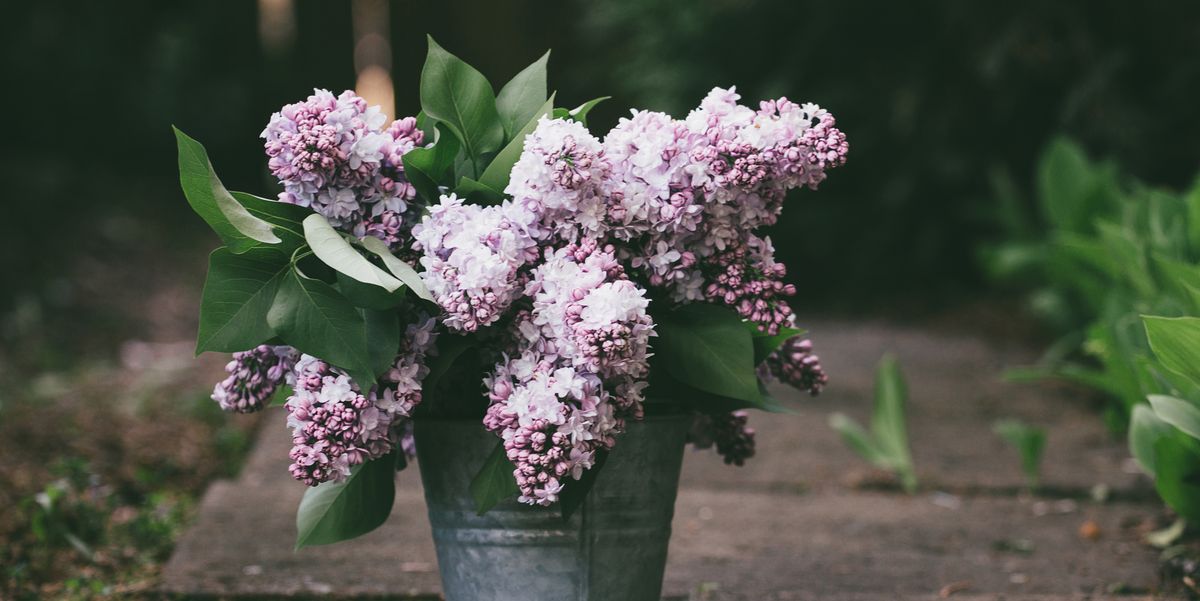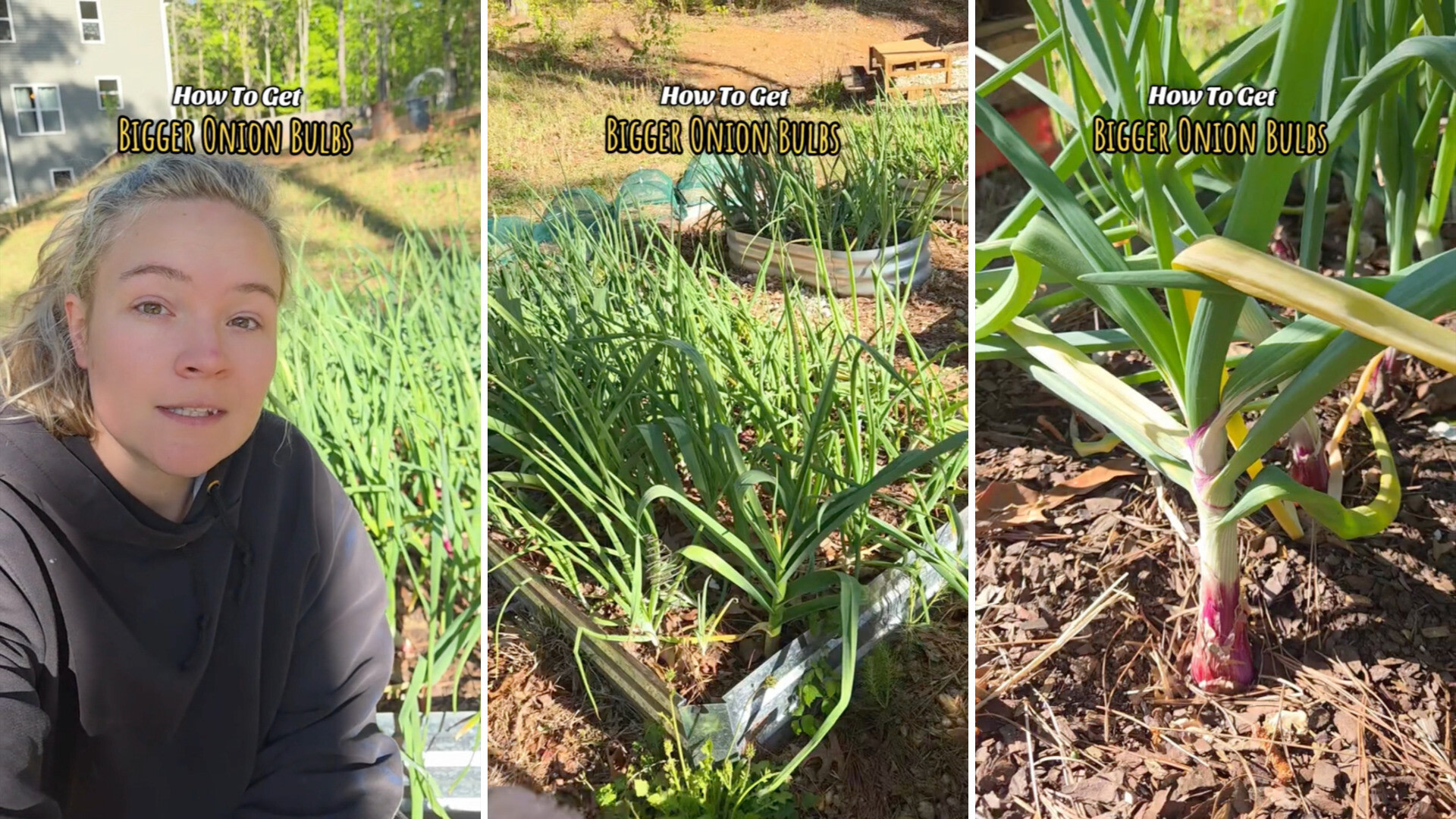Whether you’re renting out a home in Seattle or have a house in Dallas , area can be difficult to find by for gardening lovers. Lots of do not have the grass room to plant their suitable yard, and also those that have the room could have spending plan restraints holding them back. However, creating a beautiful yard doesn’t have to cost a fortune. Even if you’re working with a little area and a limited budget plan, there are many methods to raise your outside area. Let’s dive into 13 budget plan tiny yard ideas that can assist you craft your desire garden without overspending.

1 Upcycle containers as pots
Look around your home for products that can be repurposed as planters. Old tires, tin cans, wooden dog crates, and even teacups can be changed right into distinct and captivating containers for your plants. This is a superb method to decrease waste and include personality to your yard.
“Make use of repurposed things like mason jars, wooden pet crates, or tin cans for an elegant and economical touch,” claims Mindy Lopes, owner of Flower Heaven Floral Style “Throughout the first two weeks, safeguard your seeds and little plants from direct sunlight. With a little creative thinking and consistency, also the tiniest area can bloom magnificently.”
Lauren Johnson, owner of Bellisima Fiore additionally recommends repurposing containers to house your plants.
“Create a miniature garden that shows your personal design by mixing seasonal flowers with herbs in upcycled containers– like candle light jars, wine cages, or thrifted ceramics,”
2 Prioritize low-maintenance plants
“Beginning your tiny garden with easy-to-grow, low-maintenance plants like natural herbs, succulents, or pothos, which flourish in containers and do not call for elegant tools,” states Kimberly Brown from Bloom in Splendor “Reuse daily things like mason jars, tin cans, or old cups as planters to keep points attractive and affordable.”
3 Circulate plants from cuttings
“A wonderful affordable method to begin a tiny garden is by using plant cuttings from pals or neighbors– many natural herbs and houseplants can be quickly propagated in water,” states Bethany from William Paul Floral Style “Combine that with a little DIY composting using kitchen area scraps, and you’ll have a growing, inexpensive garden right in your home.”
4 Produce your own DIY compost
Developing your very own compost from kitchen scraps is not only green but additionally affordable.
Turn kitchen area scraps right into nutrient-rich compost to boost your garden’s health. This all-natural plant food minimizes garbage dump waste, lowers the need for store-bought choices, and assists your plants expand stronger– all while being environmentally friendly and economical.
To start, alloted a bin or compost pile outdoors. Include fruit and veggie peels, coffee grounds, eggshells, and yard waste like fallen leaves or grass cuttings. Stay clear of meat, milk, and oily foods. Stir the heap sometimes and maintain it wet– with time, the materials will certainly damage down right into rich, crunchy compost excellent for your garden beds or potted plants.
5 Know what plants expand best in your environment
As alluring as it might be to make your decision based totally on appearances, it is necessary to take your neighborhood climate into account when planning your yard
“Comprehending which USDA plant hardiness zone your building is in is so essential,” says Mariela Aguilar, creator of Casa De Flores Style “Many times home owners purchase plants due to the fact that they are a fan of the visual and don’t consider if that species is best for their zone. Strength zone comparability will conserve you a lot of cash, specifically in times of drought or frost.”
6 Beginning with seeds rather than buying fully grown plants
Acquiring mature plants is a very easy method to obtain your home garden began, but it can get costly. Rather than purchasing fully grown plants, begin your garden from seeds. Seeds are substantially cheaper and supply a broader range of options. If you live in a cooler environment or are growing during the winter months, you can start them indoors in little containers or wait up until the climate heats up to grow them straight in your yard.

7 Prevent straight sunlight and water your tiny garden plants effectively
Plants require sunlight and water to expand, however it is necessary not to give them as well a lot of a great thing. Excessive straight sunlight exposure or over-watering plants can have adverse impacts on your tiny garden.
“We constantly recommend maintaining your plants in indirect light, in a container with appropriate drainage openings, and watering from all-time low,” states Nadika from Fleur de Lis Florist “When watering, establish your plants in a dish of water and let them drain until the dirt is wet once more prior to eliminating them. Preventing top watering and pots without drain holes guarantees that the plants aren’t being in excess water, where they can succumb to root rot.”
8 Clean up around the edges
A little, arranged yard includes a lot more curb appeal to your home than a large one that’s all over the place. Just a little standard landscape design can improve the appearance of your yard.
“Among the least expensive and fastest methods to make your backyard look polished is to clean up the sides,” claims Emily Taucher from Satisfied Yard Area “Utilize a flat shovel or edging tool to create clean lines around blossom beds, walkways, and driveways. Sharp sides provide also the most basic spaces an expert look.”
9 Develop DIY garden art
If you appreciate arts and crafts, why not utilize that leisure activity to give your yard a little flair? Add individuality to your outside growing room with DIY art tasks and yard decor Painted rocks, mosaic tiles, or wind chimes made from recycled materials can include an imaginative touch without setting you back a lot. These individual touches make your yard special.

10 Patronize regional nurseries and markets
Local baby rooms and farmers’ markets frequently have better rates than large chain stores. You can find one-of-a-kind plants and get professional suggestions from local farmers. Shopping locally sustains your community while giving you one more potential resource for horticulture tips and methods. Neighborhood shops normally will not hesitate to hand out complimentary recommendations for any kind of plant-related concerns you might have.
“Trying to develop a garden on a strict budget plan? Visit your local flower shop and request for contact information for their neighborhood flower growers,” says Thurston Flowers “At the end of each period cultivators “split” their tubers/bulbs and huge plants right into smaller “beginnings.” You’re likely to obtain these little gems for little to no cost.”
11 Utilize free resources
Examine online forums like Reddit, neighborhood yards, and regional gardening groups for free sources. Numerous gardeners agree to share additional plants, seeds, or horticulture devices. This is an excellent means to get in touch with fellow lovers and find budget little yard concepts.
12 Strategy your layout
Before you begin acquiring plants and products, intend your garden layout. Think about vital elements like sunshine, water accessibility, and the fully grown size of your plants. The last point you intend to do is plant something that will certainly outgrow your readily available yard room. A tactical small yard is more reliable and will certainly aid you get the most out of your sources.
13 Include vertical gardening
While a tiny yard might limit the size of your yard, do not be afraid to believe outside the box and take a more three-dimensional strategy to obtain one of the most out of your garden. Optimize your limited area by going vertical Use trellises , wall planters, or hanging baskets to grow plants upwards. This is an outstanding solution for those looking for budget plan small yard concepts in metropolitan locations or with limited ground room.



